
|
Current Year Below are various issues and conditions that post-natal mothers may face and which #chiropractic treatment can help: 1) Neck and upper limb issues Many mothers experience #neck, #shoulder, #elbow and #wrist #soreness throughout the baby-rearing period. It is best to start treatment of these issues with chiropractic and exercises even before and during pregnancy. Below are a few tips to help: Below are a few some simple exercises. • #Wrist #Stretching: Hold the stretch for 10 seconds, do 3x a day. • Wrist Stretching: Hold the stretch for 10 seconds, do 3x a day. • #Wrist #Strengthening: Expand the elastic band with your fingers 10x, do 3x a day. • Neck Stretches: Hold the stretch for 10 seconds, do 3x a day. Do this exercise on both sides. • Side-upper back stretch: Hold the stretch for 10 seconds, do 3x a day. Do this exercise on both sides. 2) #Abdominal strengthening It is crucial to strengthen and re-condition the abdominal wall post-pregnancy. After giving birth and even multiple births, the abdominal is stretched and weakened. A weak abdomen may result in overuse of the back muscles leading to back pain. Approximately 30% of #pregnancy women experience abdominal diastasis (1). This is a separation or tear of the abdominal muscles, which is caused by the stretching of the abdominal muscles from a growing uterus. Specific post-natal exercises for this condition can be taught. Please consult your health practitioner on suggested exercises. 3) Lower back pain, sacroiliac pain, pubic symphysis separation and joint sprains The body produces the hormone relaxin during pregnancy, which allows the ligaments to be stretchy and elastic to prepare for childbirth (2). Relaxin affects all joints of the body and may take up to 5 months post-pregnancy for the joints to stabilise (2). During this period, your joints may feel weaker and sprain easily. Therefore, be easy on your body, do not do high-impact activities or exercises and rest regularly. The lower back and #sacrioiliac joints can also be affected, hence some patients might need to use a sacro-iliac belt during this period. Chiropractic is effective in helping these conditions. 4) Sore hips, swollen stiff ankles and legs Carrying the extra weight during pregnancy can place stress on the hips, knees and ankles. Pressure from the growing baby may also slow down the circulation of the lower limbs leading to more swelling of the legs. #Exercises: 5) Coccyx pain The tailbone or coccyx maybe strained from the pressure of the baby passing the birth canal (4). The area will feel painful and might cause difficulty sitting. If the pain persist it is best to consult a health practitioner to derive whether it is a strain, a dislocation or not commonly a fracture. Chiropractic treatment will help in this area. A coccyx cushion can be used to decrease stress in the area when sitting. Avoid sitting on soft sofas and maintain a good sitting posture. 6)Pelvic Floor Muscle The pelvic floor is stretched during pregnancy (5). It is important to begin pelvic floor exercise during and after pregnancy. Some post-natal women experience urinary incontinence as a result of a weak pelvic floor. A healthy pelvic floor helps to: Pelvic floor exercise: 7)Breast Feeding Proper posture and technique is important during breastfeeding to prevent injuries from the mother. • Bring the baby close to yourself, do not lean forward. Dr. Karen Chan References: (1) Sperstad, J.B., Tennfjord, M.K., Hilde, G. et al. (2016). Diastasis recti abdominis during pregnancy and 12 months after childbirth: prevalence, risk factors and report of lumbopelvic pain. British Sports Journal of Medicine. 50:1092-1096. |
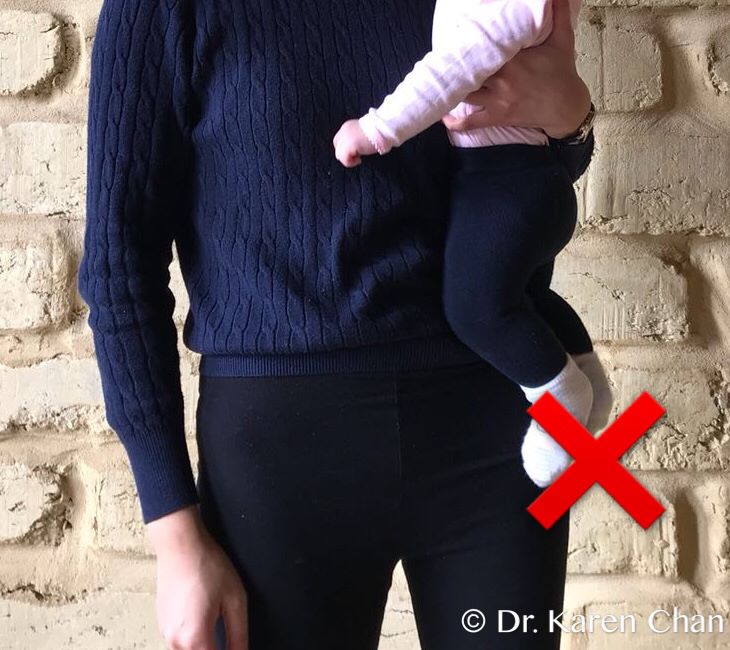
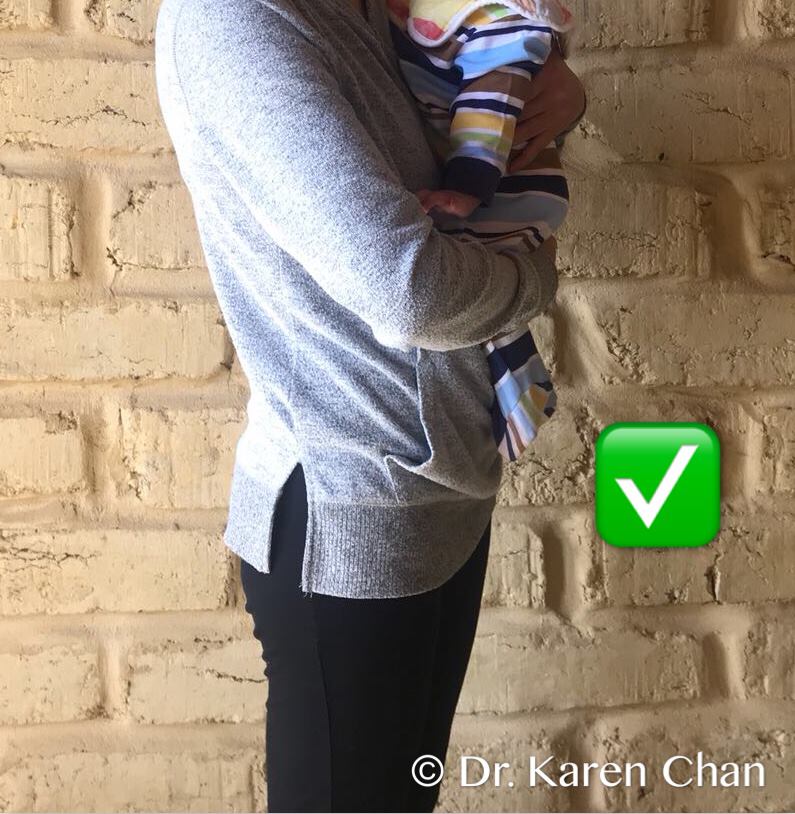
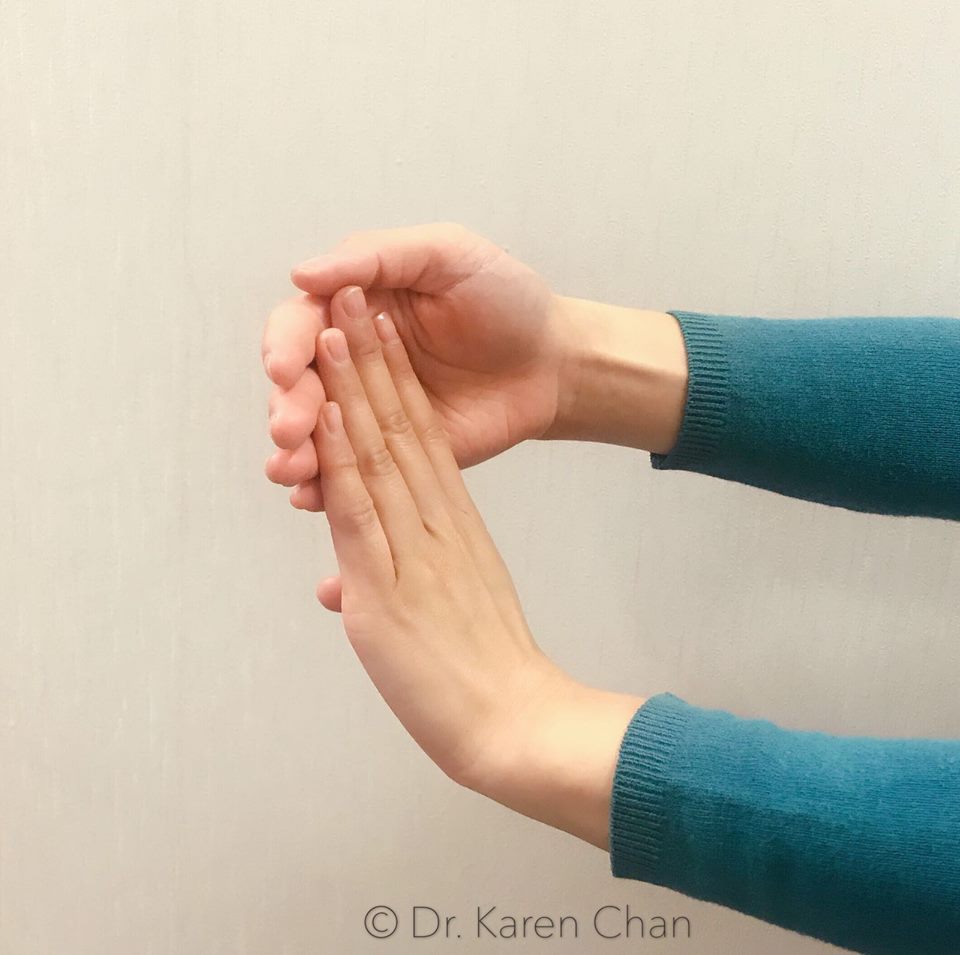
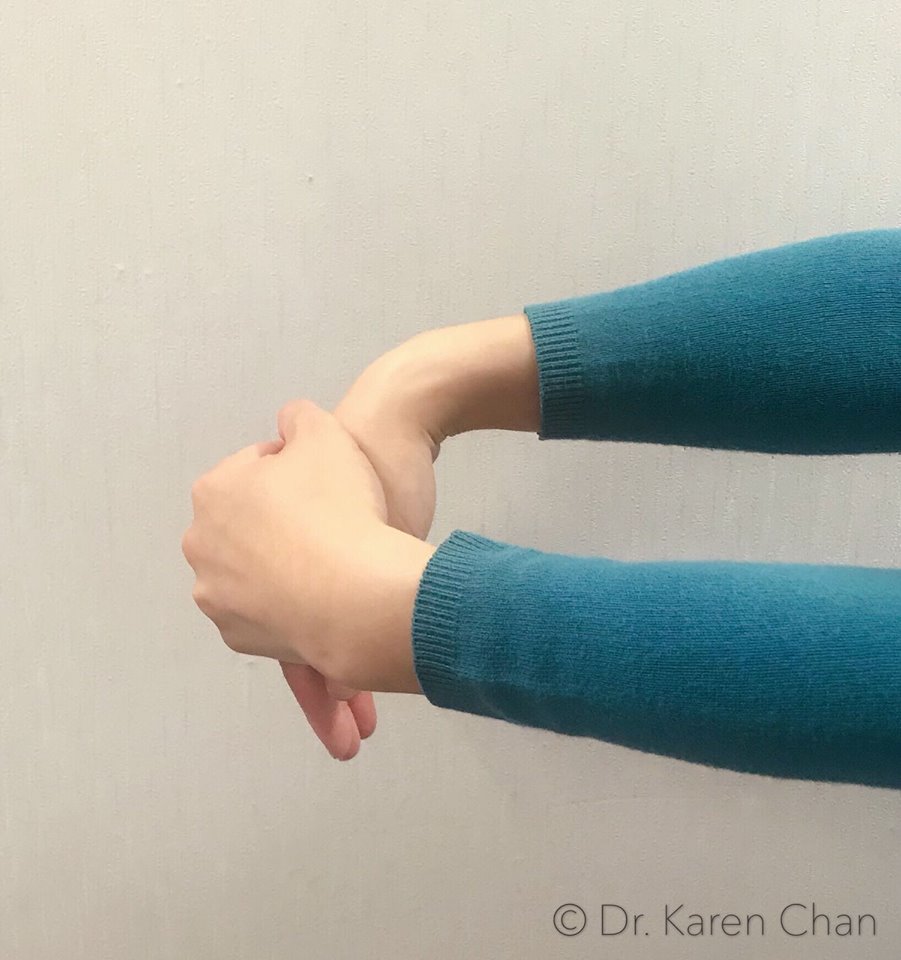
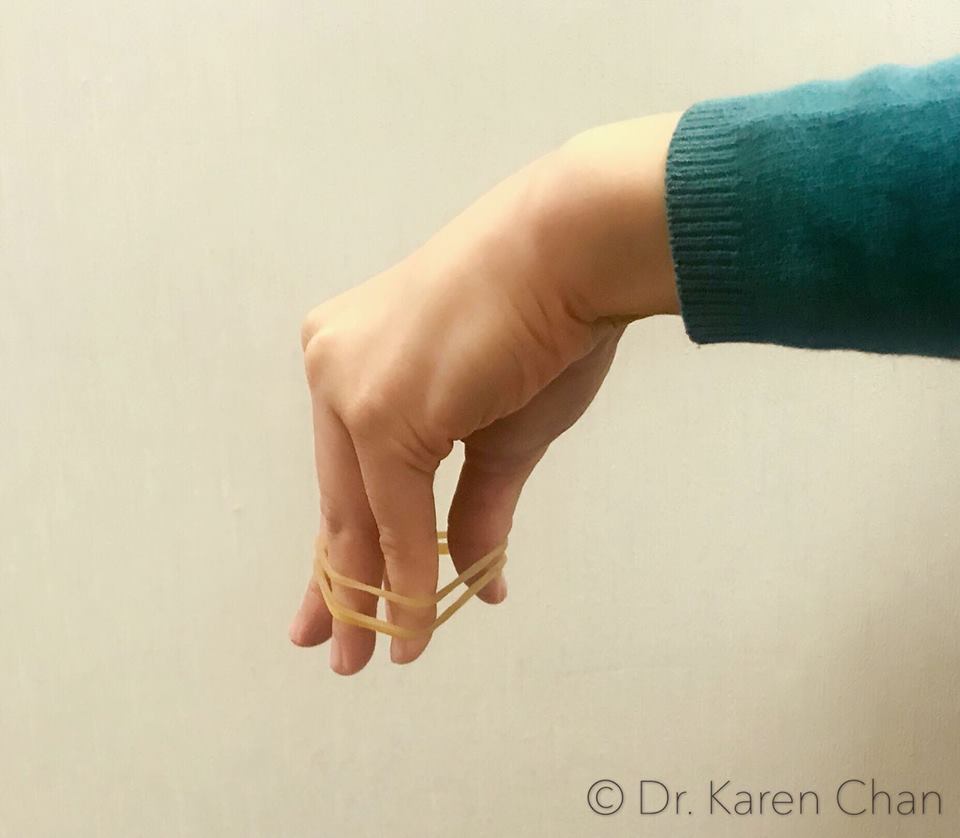
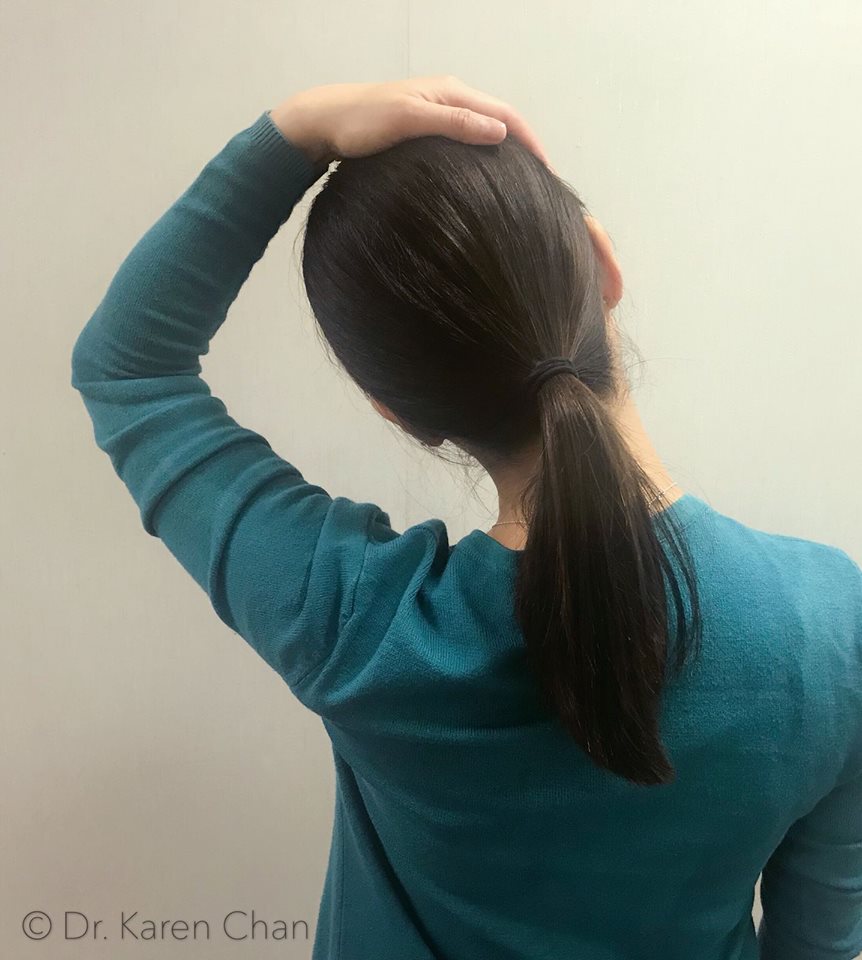
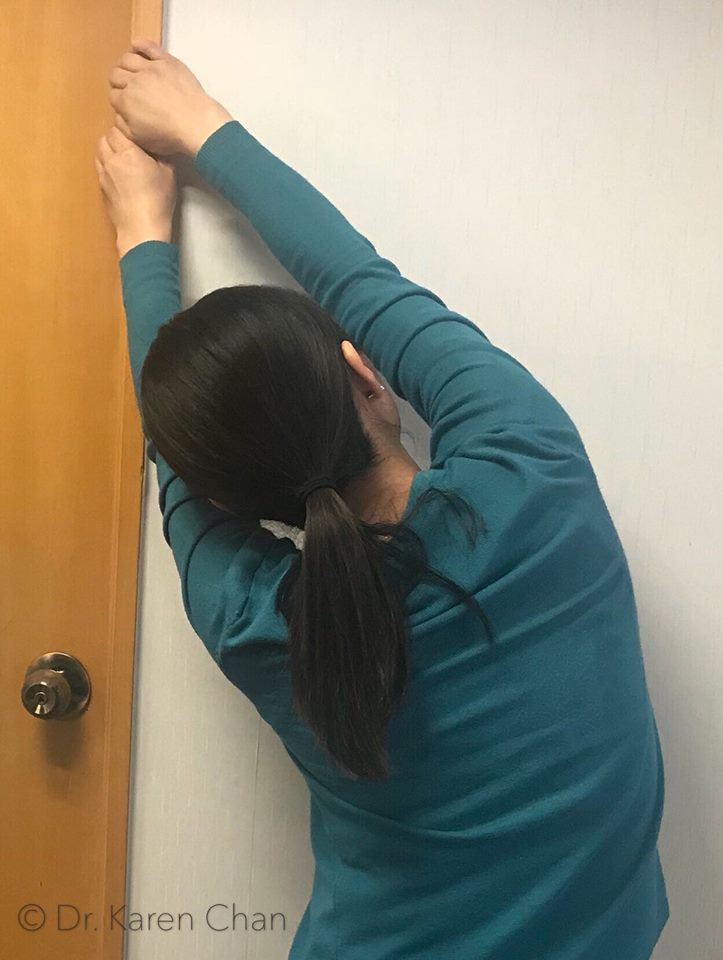
|
免責聲明: "本網頁以英文版本為準“ Disclaimer: "Should there be any inconsistency or ambiguity between the English and Chinese versions of this website, the English version shall prevail." The information that is provided here is not meant as a substitute for professional help. A healthcare professional must be consulted for any health problem. Links to other organizations are provided as a service to our readers and we are not responsible for the information, services or products provided by these websites.
|
Follow us on: |
| Copyright © 2018-2019 hkca.org |